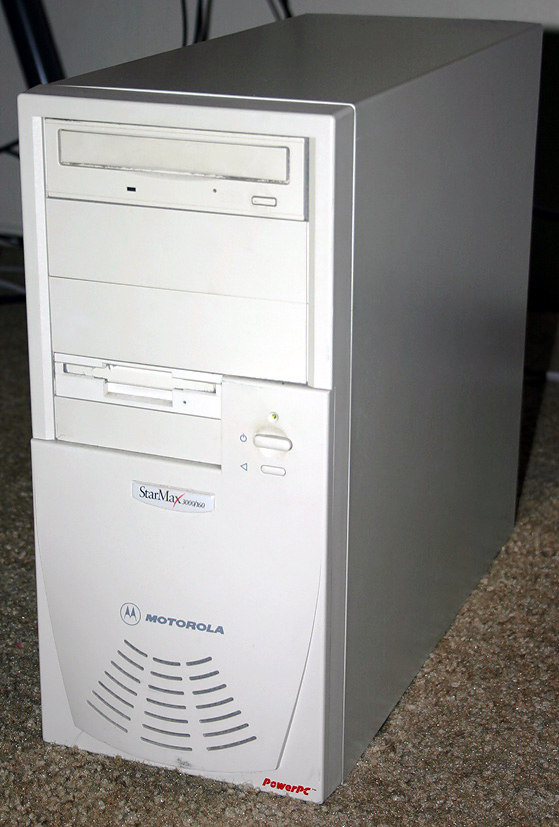Sep 27, 2020 • Filed to: Solve Mac Problems • Proven solutions
Cloning a hard drive is a great way to get your PC back up and running. Whether you're on Windows or MacOS, follow these steps and get back to work and play. Acronis is a name well known in the Windows world, but less so to Mac users. True Image is its personal backup solution and it supports backing up your data to a local disk, Acronis' own cloud. Acronis True Image 2019 for Mac Acronis True Image 2021 for PC. Acronis True Image 2021 for Mac. Acronis True Image 2020 for PC. Acronis True Image 2020 for Mac. How to clone a disk; Restore. Restore cloud data from any device; Restoring files from backup; Recovering your Mac; FAQ about Boot Camp partition.
Apple claims that its Mac OS is fully equipped to assist its users for day-to-day PC activities, and they seem to have proven the same over the years. Since Mac users save a lot of important data on it, it is necessary to keep all such information secure. Mac Disk Utility does exactly that with the help of its 'Restore' option. This function teaches you how to Clone a Mac's Drive with Disk Utility.
In this article, learn how to copy all the data and clone a Mac's Drive (internal/external) easily. Read and know more about Mac Disk Utility, its 'Restore' function, how to clone a Mac's Drive with Disk Utility, and a simple way torecover your Mac's Drive.
Part 1: Why You Need to Clone a Mac's Drive?
'What is the need to clone a Mac's Drive?' This thought must have crossed your mind atlas once while using Mac. To be precise, cloning of hard drives protects your important data which is under possible risk of physical destruction, loss, etc.
No matter how new or of what quality your hard drive is, you cannot say for sure that it will last forever and never crash or suffer from a system failure. Old hard drive or one suffering from mechanical, firmware, or electrical error can permanently destroy your data, such as photos, documents, videos, music, and other files. Also, if important personal documents and business files are misplaced in the process, retrieving them is next to impossible.
Therefore, to prevent these and many more situations that may arise due to data loss, we recommend that you always know how to Clone a Mac's Drive using Disk Utility. Mac Disk Utility and its 'Restore' functions can keep your data, important information, and files secure by literally copying it from your Mac Drive.

Difference Between Time Machine Backup and Cloning Hard Drive
If you're wondering whether to use Time Machine or Mac Disk Utility to clone a Mac's Drive, let us clear the confusion for you. Time Machine is a built-in application to back up and make an up-to-date copy of the data you save on the Mac. Its unique feature is that it makes real-time backups to recover files easily whenever needed. When set-up for the first time, Time Machine performs a full backup of the Mac and its contents. Time Machine keeps, hourly, daily and monthly backups all categorized separately.
If Time Machine can do so much, then why consider using Mac Disk Utility?
To start the discussion, Mac Disk Utility is free and also comes built-in with every Mac OS version. It has various new features that make it more suitable than the Time Machine. Say, for example, its 'Restore' option does something what is called block copy and make the entire cloning process swifter. It is also capable of making an almost cut to cut an exact copy of the contents of the Drive. No important files, documents, or data are left behind using Mac Disk Utility. It works in blocks and does not involve file to file transfer.
Some changes have been introduced in the Mac Disk Utility toolkit which makes more accurate cloning and copying data from the Drive.
Part 2: How to Clone Mac's Drive using Disk Utility?
Curious to know how to clone a Mac's Drive with Disk Utility? Follow these simple steps and you're good to go:
- Open Mac Disk Utility on your Mac from Utilities or Applications.
- Click 'Erase' from the top of the Disk Utility interface.
- Now chose a media on the left panel to make it your backup drive.
- At the drop-down list which has 'Format' options, choose Mac OS Extended (Journaled). Then hit 'Erase' again and wait for the drive to remount on Mac.
- Then at the Mac Disk Utility interface, click 'Restore'.
- Now comes the tricky bit. Select the target drive, drag it and drop it at the 'Source' field.
- Now drag and drop the destination Disk/Drive and leave it at the 'Destination' field.
- Hit 'Restore' once and for all. The contents of the drive will be copied and saved on the destination drive.
Part 3: How to Recover Mac's Drive Data?
What does one do if some data is lost during cloning the mac's Drive? Don't worry. The loss isn't permanent and the destroyed data can be recovered with the help ofRecoverit for Mac. It is a recovery tool for MacBook, iMac, Hard Drives, Flash Drives, Memory Cards, phones, cameras, and camcorders. It can instantly retrieve the lost contents from the Mac Drive and provide reliable data recovery solutions. It can recover documents, images, videos, audio files, emails and archives files.
The steps given below will help you use Recoverit for Mac to recover Mac's Drive:
- Download, install and launch Recoverit hard drive recovery software. Now choose the target drive where the data gets lost, and click 'Start' to recover lost data.
- And then the data recovery tool will set in motion an all-around scan to search the lost files.
- Finally, you can preview the whole scanned results, select the ones which need to be restored, click 'Recover' as shown below, and save the recovered data in another drive/disk to keep it secure for future.
Conclusion
The bottom line, we have attempted to answer a commonly asked question on online forums, i.e., how to clone a Mac's Drive with Disk Utility. We hope you will find this red useful and now be able to clone your Mac's drive and keeps its contents safe.
Also, the Recoverit drive data recovery toolkit is a safe, effective, and trustworthy medium to retrieve your lost documents and file. So go ahead and follow the instructions in this guide to clone Mac's drive orrecover hard drive datadeleted accidentally during its process.
Clonex For Mac
What's Wrong with Mac
- Recover Your Mac
- Fix Your Mac
- Delete Your Mac
- Learn Mac Hacks
Clone X For Mac
Clone X 4

For Mac Intel
(Mac OS X 10.6 or later)
Trial mode available
Creates/Restores bootable copy of your disks
Description
Clone For Mac Os X
Clone X is dedicated to the duplication of your hard disk. You can easily create useable copies of your disks (including the startup disk) as well as special copies, such as the creation of minimal System disks.
With Mac OS X, the system is a very complex construction with multiple folders, most of them being inaccessible (invisible, protected or permission denied). Moreover, any copy or installation must preserve permissions and ownership of each file.

Copy an entire disk: Clone X provides functions to copy the entire disk contents into another disk (bootable copy).
Clone your System: Clone X provides powerful features to copy your System, even if the system was installed and updated many times with the updaters provided by Apple.
Clone X Machine
Restore your disk or your System: starting from a copy, Clone X will be able to restore your system or your entire disk, back to a previous clean state. Clone X can also restore a selection of files or folders.

Create minimal System disks: Clone X can copy a minimal System to a disk, so that you can install it on a small partition, create a disk for tests, or restart from a clean reduced System.
Clonex For Orchids
Main Features

- Copy entire disk into another disk.
- Copy with or without the Users documents and settings.
- Restore an entire disk with or without the Users data.
- Minimal System creation for hard disk or USB key (10GB or more).
- Disks comparison.
